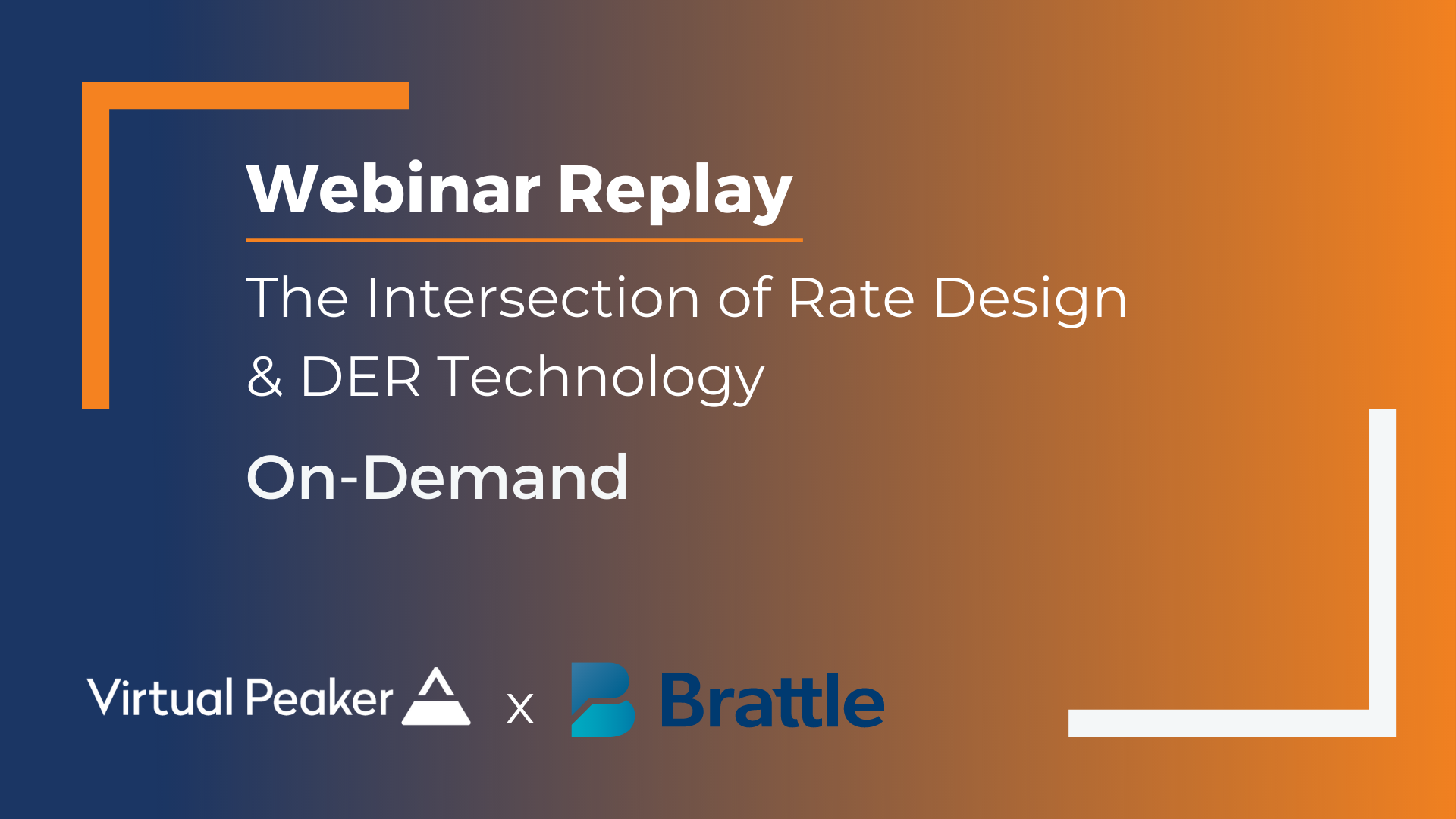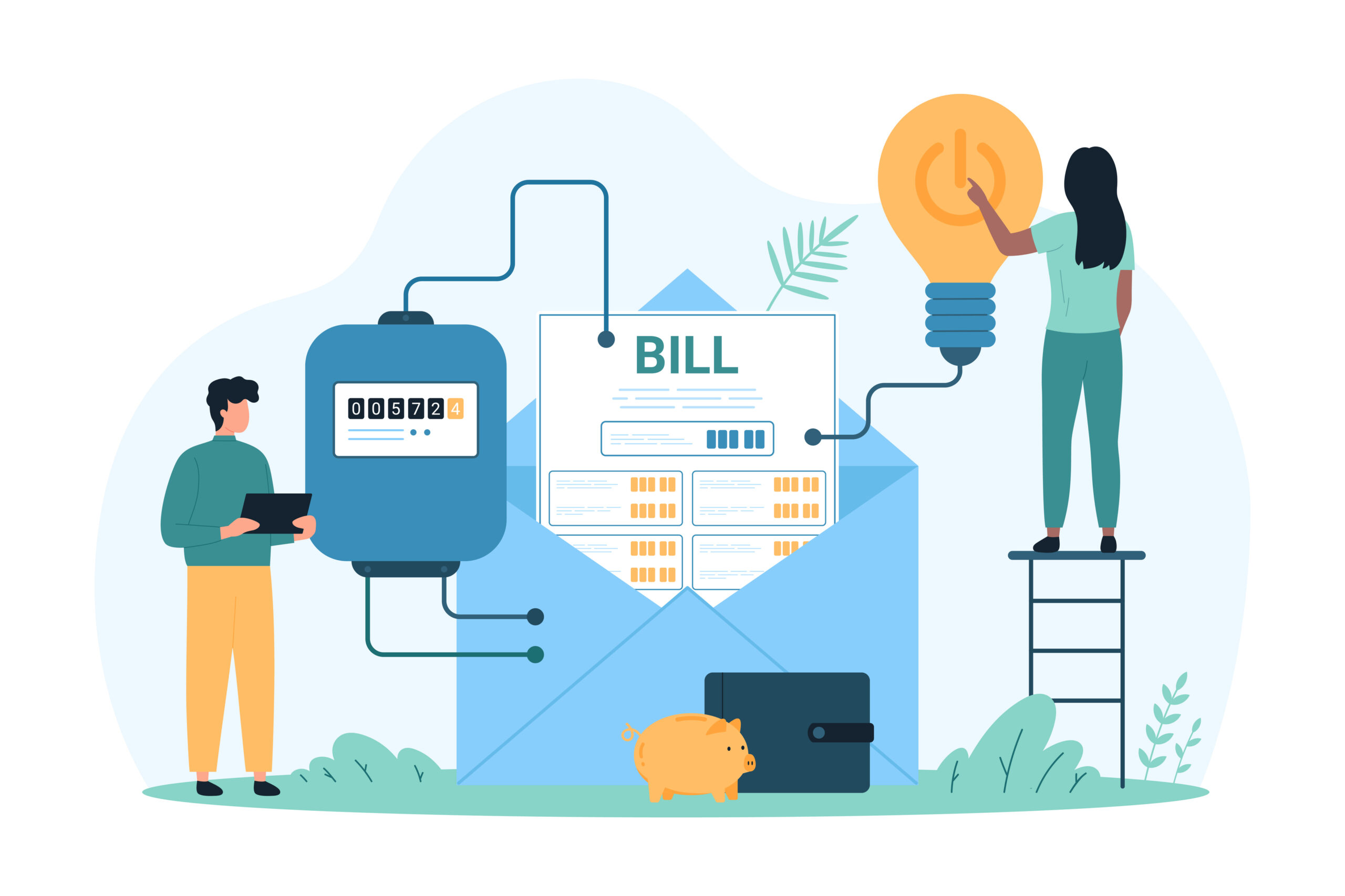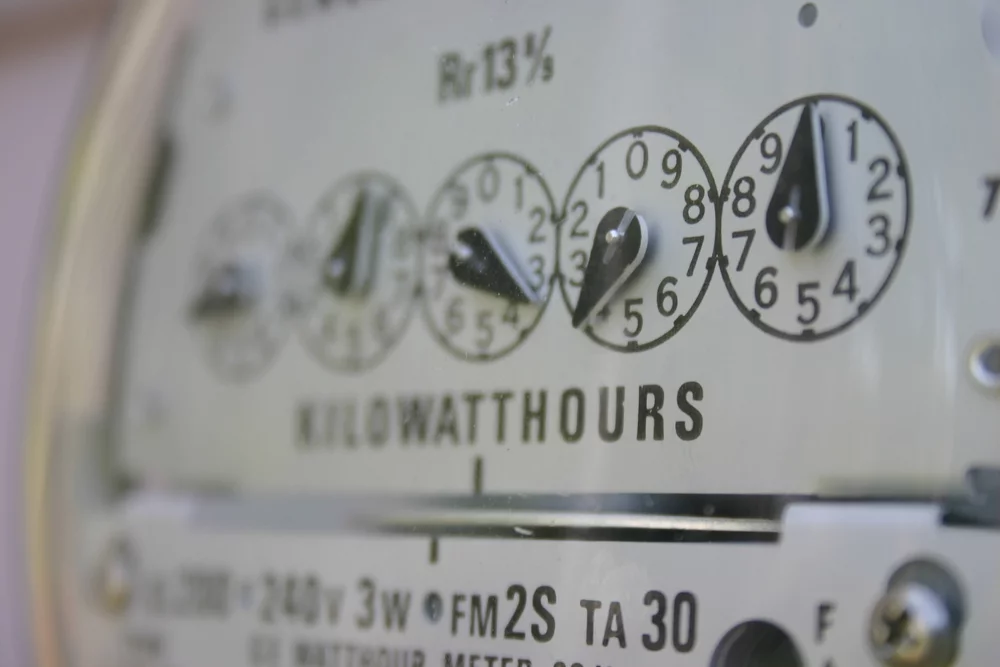Our June 8th, co-hosted webinar with The Brattle Group featured a panel discussion with experts from Duke Energy and Portland General Electric, as well as our own Founder and CEO, William “Bill” Burke. The discussion turned into a lively and exciting conversation on the effects of technology on rate design, distributed energy resources (DER), demand response, modernizing the grid, and the future of utilities.
The 4 D’s of Utility Disruption
To start the webinar Ahmad Faruqui Ph.D. from the Brattle Group kicked off the discussion by laying a foundation for the future of the utility industry. He categorized this shifting industry as the “Four D’s”: Democratization, Digitization, Decarbonization, and Distributed Energy Resources (DERs).
Democratization
Communities organize and drive their priorities when it comes to their energy needs, and sources. This can be seen very clearly in California with Community Choice Aggregation, where communities are buying their energy locally and at lower costs.
Digitization
People are more connected than ever and data has become an abundant resource. Consumers are becoming more sophisticated when it comes to their consumption through digitization and technology.
Decarbonization
We are seeing countries, States, and businesses setting carbon reduction goals to combat climate change. This trend is creating an impact on utilities and how they generate their demand.
DERs
Distributed Energy Resources (DERs) offer the utility mountains of data and the ability to help meet their goals.
These disruptions are creating a need for utilities to adapt to a new landscape. Dr. Faruqui sees the utilities need to become more customer-centric when it comes to their strategy and rate design.
Fast-Paced Technology & Constraint of Policy
Technology and policy are often seen as moving at diametrically opposing speeds. Technology is fast-paced and forward-thinking, while policy and regulations are slower and more retrospective. But instead of viewing policy as a roadblock, Virtual Peaker CEO and Founder William “Bill” Burke shared how he likes to think of policy as a constraint, similar to the way physics is in the engineering world.
Program Design & Customer Education
All of these changes happening leads to the question, who holds the responsibility for educating energy consumers? Nidhi Thakar of Portland General Electric and Lon Huber of Duke Energy shared some excellent examples of how utilities can help to educate and drive customer engagement. From creating a partnership, gamification of decarbonization, charitable efforts, and optionality when it comes to rates, utilities are exploring different ways to educate customers and drive engagement.






